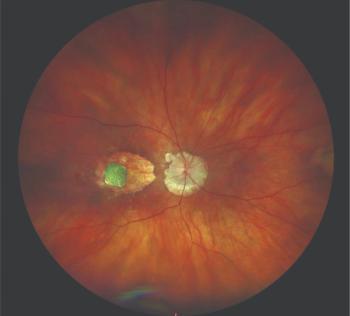
Reaping golden rewards
The low country of South Carolina, which was once built on a thriving economy based on rice crops, is now mostly resorts. Local residents Drs. Richard Schulze and his son Richard Schulze Jr. aim to maintain the legacy of rice farming which is a nearly lost tradition. The satisfaction is not one of monetary value but of seeing the historical significance of the crop where it once flourished.
Keypoints:
For 200 years, the low country of South Carolina built a thriving economy based on one crop: rice. After the Civil War, rice production ceased. Today, the area is thick with beautiful resorts, not farms.
The elder Dr. Schulze reintroduced Carolina Gold Rice (named for its golden appearance), growing it on Turnbridge Plantation not as a commercial venture but for the satisfaction of seeing the historically significant crop grow where it once flourished.
"This rice was the backbone of the local economy for 100 years," he said. "This was a blessing and a boon. It created a very wealthy class dependent on one crop. The Civil War ended its dominance. In addition to the loss of labor after the war, several hurricanes wiped out rice field banks."
The elder Dr. Schulze is an unlikely farmer. He settled into practice in Savannah in 1966 and, by the 1970s, was looking for property on which he could duck hunt. He purchased Turnbridge Plantation, just outside of Savannah on the South Carolina side of the Wright River.
As he worked to enhance the habitat to attract ducks, Dr. Schulze became sure that growing rice in the fields would be the key. "I took the back door to rice farming," he said. He started with Labelle seed, a modern hybrid variety, and not a lot of guidance. Later, he read an article about the genetics of rice and set out to reintroduce Carolina Gold.
Dr. Schulze was able to obtain Carolina Gold seed from a rice research scientist in 1985 and planted 14 pounds in 1986. By 1988, he had a successful crop. Each year, weather, ricebirds (bobolinks), and lack of local farming resources made growing rice challenging.
Another unlikely rice farmer
When the younger Dr. Schulze moved home to join his father in the practice in 1995, his father gave him Turnbridge Plantation.
In the years since, the son has modernized production, including making a sizable investment in a combine.
"The combine and our increased ability to control water levels aids in production," he said. "I have learned a lot about maintaining rice field banks, the ecology of swampy areas-things that medical school did not teach me.
"Driving a tractor is a lot different from using a microscope," laughed the younger Dr. Schulze.
Although he and his father both did all aspects of the labor at one time or another, now they have help in the fields, and the son oversees operations. As farming virtually has died in the area, the Schulzes have had to be fairly self-sufficient.
"We have been involved with the Carolina Gold Rice Foundation and have met a surprising number of people locally who cherish this history. It's wonderful to connect with people who have an interest in this rice, in history," said the younger Dr. Schulze.
Carolina Gold is not a cash crop for the Schulzes; in fact, growing rice is an expensive venture, the son said. The rice is donated to charities, such as the Savannah Association for the Blind, to sell as fundraisers. Their rice also has been featured in some of Savannah's finest restaurants, although the elder Dr. Schulze said he likes his rice best plain.
This year, Turnbridge was planted with corn, because it is necessary to rotate crops. Next year, they'll plant 15 acres of Carolina Gold again, enjoy the "visual treat" of the golden fields, and pay tribute to a low-country legacy.
Newsletter
Don’t miss out—get Ophthalmology Times updates on the latest clinical advancements and expert interviews, straight to your inbox.





